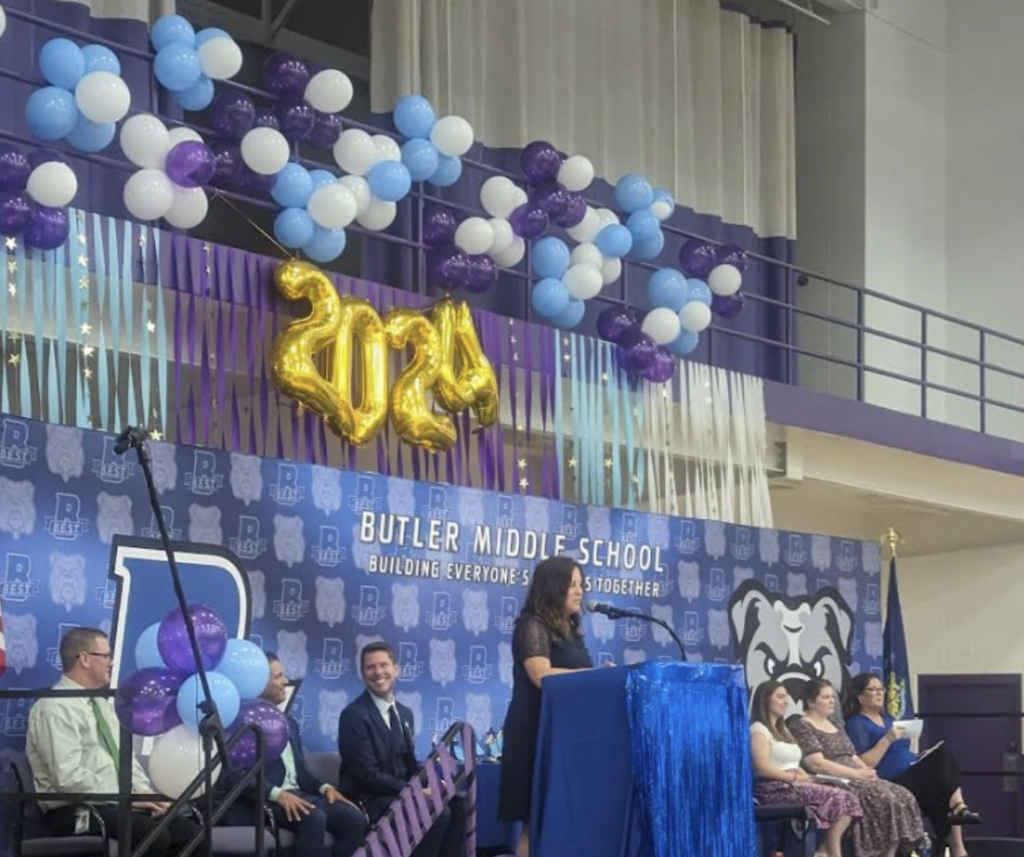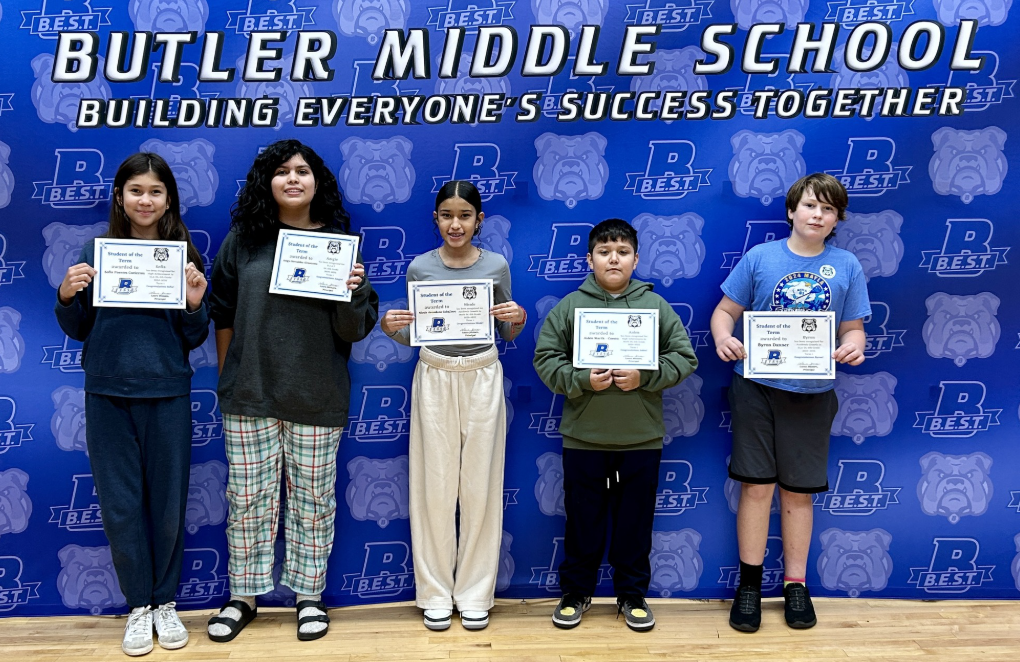
At Butler Middle School in Waukesha, WI, where Laura Jennaro is the principal, more than 250 eighth graders will gather in June for the last event of their middle school years: graduation. The school calls it a recognition ceremony to keep the focus on recognizing students’ varied achievements and to help them celebrate a milestone in their school careers. Here, Jennaro, an NASSP ambassador, shares four tips for ensuring the ceremony is a success at her school and what other principals might consider when planning their ceremonies, which will be here very soon.
1. Keep it short.
One important detail to note is that we host the event at the Waukesha North High School gym. With the number of students, parents, and extended family members in attendance, we nearly fill the entire gym, something our own school building would not be able to accommodate. The program is thoughtfully kept to about an hour and features performances by the choir, band, and orchestra, including a formal procession as students enter.
Each quarter, students are recognized for achievement and growth in every content area, as well as for exemplifying our schoolwide commitment to BEST (Building Everyone’s Success Together). During our recognition ceremony, one student committed to BEST is honored for outstanding performance throughout the year and other students are honored in different content areas. Teachers briefly share why each recipient was selected, making the recognition personal and meaningful.
A particularly special part of the program is the recognition of our dual language students who are on the path toward earning the Wisconsin Seal of Biliteracy. These students are developing advanced proficiency in reading, writing, and speaking in two or more languages, and this award celebrates their continued dedication to multilingualism.

2. Ask for RSVPs for attendees who might need extra help
We do ask parents to RSVP specifically if they need special seating to accommodate wheelchairs, walkers and/or grandparents and supporters who cannot manage the bleacher stairs. That’s been really helpful as it allows us to determine the layout and how much space we need for special seating, the students, and our music groups. We read the name of every student who will be moving on to high school, even if they do not attend or walk across the stage.
3. Make space for pictures.
Our ceremony is a big event that’s held at night after school so most parents and families can attend. Some students really don’t want to do it, but I think most of them like the chance to walk across the stage. Some eighth graders are quiet or don’t stand out in class, so this is a chance for them to be cheered on by people as they cross the stage and maybe build a little confidence. Afterward, we have a backdrop where they can take pictures with their family and pull in their teachers if they want. The students really enjoy that.

4. Partner with your high school.
Our partnership with the high school has been great because they have a nice facility, which is all set up for the high school graduation that happens the following weekend. The gym is all set up for us and we split the cost of chair rental for our program. We also know there will be plenty of space and parking, which makes it much easier. Since we are holding the event at the high school that most of our students will be attending next year, I think it’s a nice transition for them.
